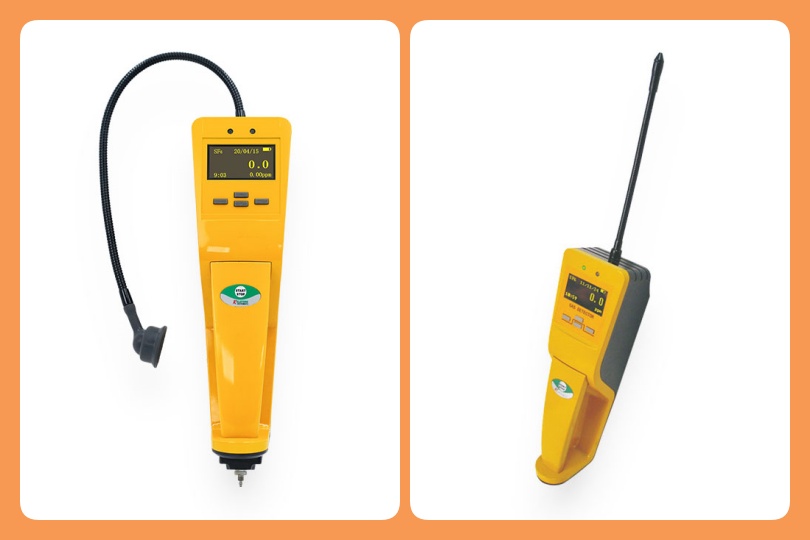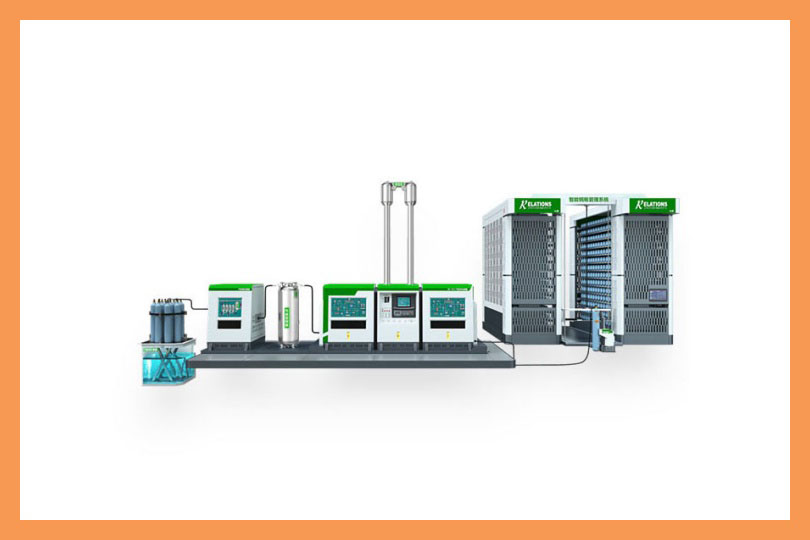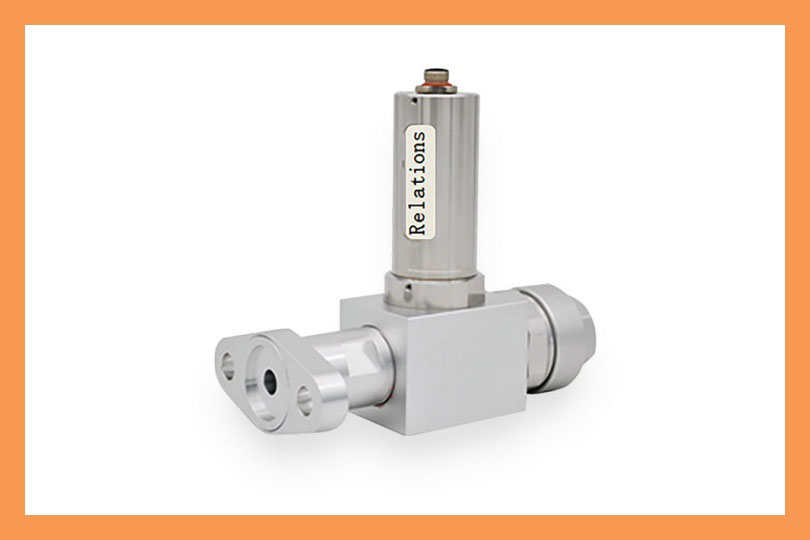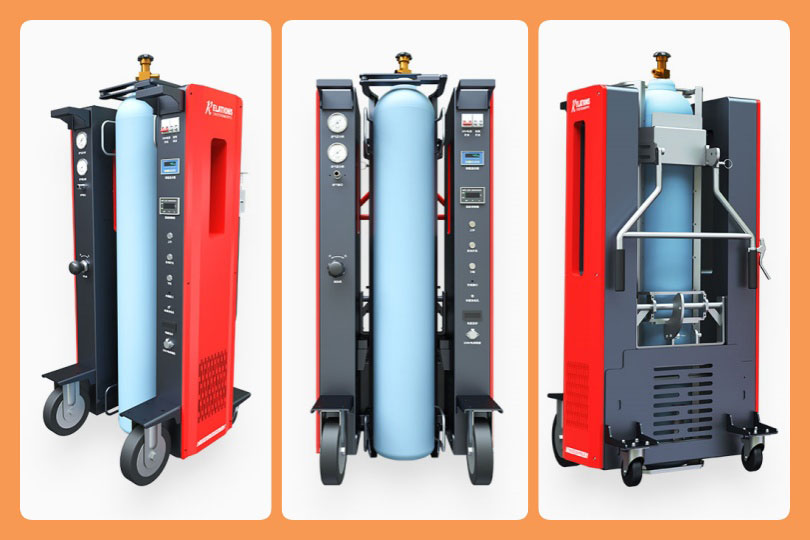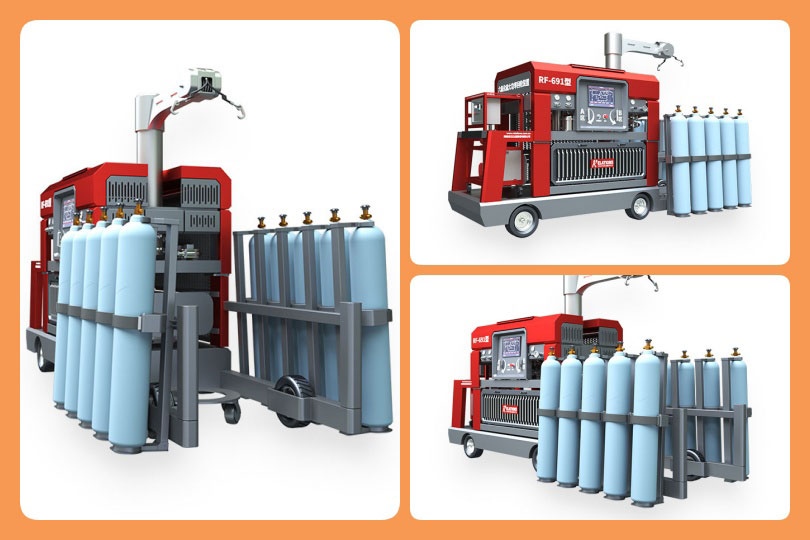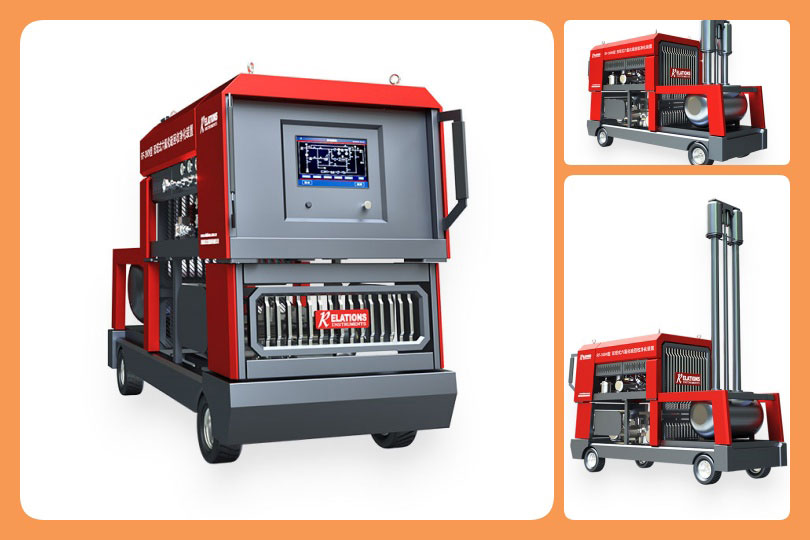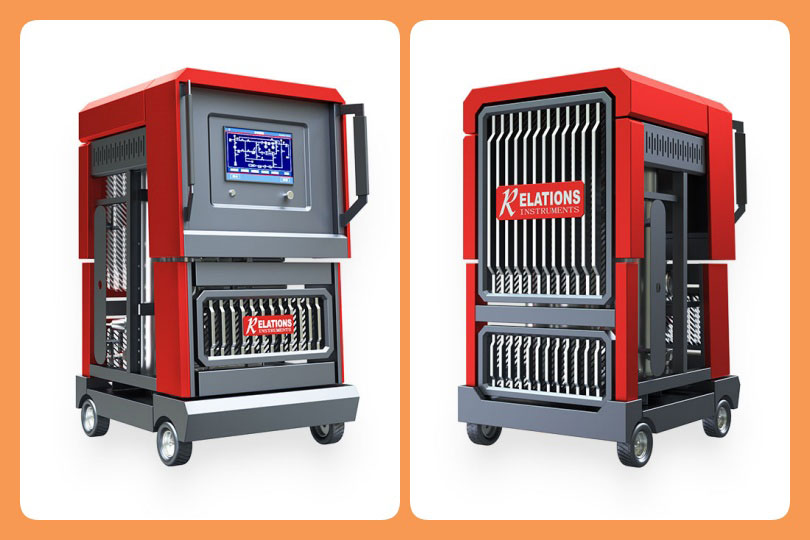SF6 Gas Management Solution for Power Grid Substations: Cut Emissions & Costs (2025 Guide)
Date
2025-09-18
[email protected]
Website
www.sf6gasdetector.com
Get Solutions And Quotes
SF6 Gas Management Solution for Power Grid Substations: Cut Emissions & Costs (2025 Guide)
SF6 (sulfur hexafluoride) is the backbone of high-voltage equipment in power grid substations—its insulation and arc-quenching properties keep transformers, GIS (Gas-Insulated Switchgear), and circuit breakers operating safely. Yet with a global warming potential (GWP) 23,500 times that of CO₂ over 100 years, combined with strict regulations like the EU F-Gas Regulation and US EPA mandates, SF6 gas management solution for power grid substations has become non-negotiable for utilities aiming to meet net-zero goals and avoid fines (up to €100,000 in the EU). This 2025 guide breaks down how to solve SF6 management pain points, optimize costs, and stay compliant.
1. Why Utilities Struggle with SF6 Gas Management for Power Grid Substations
Before investing in a solution, it’s critical to address the root challenges that cost utilities millions annually:
1.1 Uncontrolled Leakage: A Hidden Financial & Environmental Drain
Aging substation equipment (20+ years old) and poor sealing account for 70% of SF6 leaks, with a global average leakage rate of 1-3% per year. For a mid-sized utility with 50 substations, this translates to:
$45,000+ in annual losses from wasted SF6 (at $1,500/kg, a 2% leak of 15kg per substation = $225k total).
Non-compliance risks: A US utility was fined $320,000 in 2023 for unreported SF6 leaks, per EPA records.
1.2 Outdated Monitoring Fails to Prevent Crises
Traditional manual sampling (e.g., gas chromatography) requires technicians to visit sites monthly—missing real-time leaks. For example, a Asian utility in 2022 experienced a 2-week delay in detecting an SF6 leak from a GIS unit, leading to $120,000 in replacement gas and unplanned downtime.
1.3 Wasteful Gas Handling Increases Carbon Footprints
Without recycling systems, 60% of used SF6 is vented or discarded (per IEC 2023 data). This not only boosts a utility’s carbon footprint but also raises costs: new SF6 costs $1,200-$1,800/kg, vs. $300-$500/kg for recycled gas.
1.4 Manual Records Can’t Meet Compliance Demands
Regulators like the EU F-Gas Agency require granular data (e.g., cylinder serial numbers, leak repair dates). Manual ledgers lead to 30% of utilities failing audits annually, per a 2024 survey by the International Power Industry Forum.
2. 4 Core Modules of a Google-Search-Optimized SF6 Gas Management Solution for Power Grid Substations
A high-performing SF6 gas management solution for power grid substations must integrate these modules to solve the above pain points—while aligning with user search terms like “SF6 recovery system for substations” and “real-time SF6 leak monitoring”:
2.1 Real-Time Leak Monitoring: Stop Leaks Before They Escalate
IoT-enabled sensors are the first line of defense, with technology tailored to substation environments:
- Sensor Types: Infrared (detects SF6’s unique 10.6 μm absorption wavelength), ultrasonic (for high-pressure leaks), and electrochemical (for low-concentration leaks). Leading models like the Siemens SF6-LeakDetect 2000 identify leaks as small as 0.05 g/year.
- Cloud Integration: Data flows to platforms like IBM Maximo or custom SCADA systems, triggering SMS/email alerts within 1 minute of detection. A German utility reduced leak response time from 3 days to 2 hours using this setup.
- Heatmap Analytics: Tools like ESG Substation Manager generate visual maps of leak-prone areas (e.g., “GIS bushing joints account for 40% of leaks”), guiding proactive maintenance.
2.2 SF6 Gas Recovery & Regeneration: Cut Costs by 40%
Mobile or fixed systems (e.g., DILO GRU-8) recover and purify SF6 to meet IEC 60376 standards (99.9% purity, <50 ppmv moisture):
- Recovery Rate: 95%+ for decommissioned equipment; 98% for maintenance tasks (e.g., GIS overhaul).
- Cost Savings: A North American utility saved $360,000 annually by reusing 1,200 kg of recovered SF6 instead of buying new.
- Environmental Impact: Recycling reduces SF6 emissions by 90% vs. venting, per the IPCC 2023 report.
2.3 Smart Inventory & Compliance Software: Audit-Ready 24/7
Cloud-based tools (e.g., SF6 Manager Pro) centralize data to avoid compliance gaps:
- Inventory Tracking: Logs cylinder movements (purchase → storage → usage → recovery) with barcode scanning, eliminating manual errors.
- Auto-Generated Reports: Creates EU F-Gas Annex VI reports, US EPA Form 4537, and ISO 14064 carbon accounting documents in 5 minutes.
- Lifecycle Alerts: Notifies teams when equipment (e.g., SF6 cylinders) reaches end-of-life (typically 15 years), preventing safety risks.
2.4 Training & Maintenance Support: Ensure Long-Term Success
Top solutions include provider-backed support to maximize ROI:
On-Site Training: Teaches technicians to operate recovery systems and interpret sensor data (critical for 80% of utilities, per a 2024 survey).
24/7 Maintenance: Providers like ABB offer remote troubleshooting for monitoring systems, reducing downtime by 70%.
3. How to Measure ROI of an SF6 Gas Management Solution for Power Grid Substations
Utilities often see ROI within 12-18 months, with key metrics:
- Emission Reductions: 80-95% lower SF6 emissions (e.g., a Brazilian utility hit net-zero SF6 in 18 months).
- Cost Savings: $200,000-$1M annually (combining reduced gas purchases, avoided fines, and lower maintenance costs).
- Audit Pass Rate: 100% compliance with regulators (vs. 70% for manual systems).
4. 5 Tips to Choose the Right SF6 Management Solution (Matching User Search Intent)
Users often search for “how to select SF6 management solution for substations”—here’s what to prioritize:
- SCADA/GIS Compatibility: Ensure the solution integrates with existing systems (e.g., Schneider Electric’s solution connects to EcoStruxure via OPC UA protocol).
- Regional Compliance: For EU utilities, verify adherence to F-Gas Regulation (EU 517/2014); for US, EPA 40 CFR Part 82.
- Scalability: Choose cloud-based tools that add sensors/sites easily (e.g., manage 10 to 100 substations without system overhauls).
- Data Security: Opt for solutions with ISO 27001 certification to protect sensitive substation data.
- Case Studies: Prioritize providers with proven results (e.g., “XYZ solution helped EDF reduce SF6 costs by 38%”).
For power utilities, a SF6 gas management solution for power grid substations is no longer just an environmental requirement—it’s a financial imperative. By integrating real-time monitoring, recycling, smart software, and support, utilities cut costs, meet net-zero goals, and avoid regulatory penalties. As search trends show, users are increasingly looking for “compliant, cost-effective SF6 solutions”—this guide helps utilities not only find the right system but also rank for the terms their audience uses. For more details on SF6 recovery technology, explore our companion guide: “SF6 Regeneration Best Practices for 2025 Substations.”

